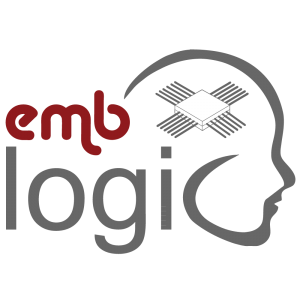Over the last decade, a sea change has occurred in the world of embedded systems, driven by the appearance of sophisticated new products such as PDAs and cell phones and by the continual increase in the amount of resources that can be packed into a small form factor. The traditional small, narrowly focused embedded systems retain their significant presence, but these newer arrivals can capitalize on embedding a full-featured operating system. The operating system provides a wide selection of capabilities from which to choose. For example, wireless Internet connectivity and a GUI already are built in. Only a few years ago, embedded operating systems typically were found only at the high end of the embedded system spectrum.





Linux, available for many architectures, is an obvious candidate for an embedded system, and it already is being used widely in this area. Its open nature makes it particularly attractive to developers. Development tool suites have begun to appear in response to the perceived need, although one can work without such luxury and employ less integrated tools already available in Linux. New embedded systems companies using Linux have opened for business, and various older embedded systems companies have added Linux to their product line.